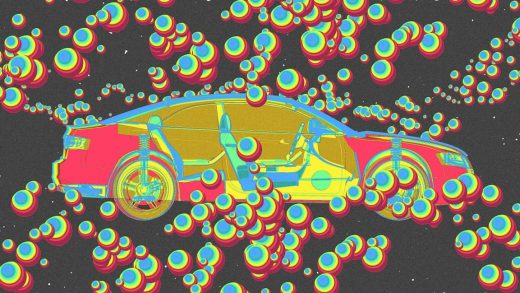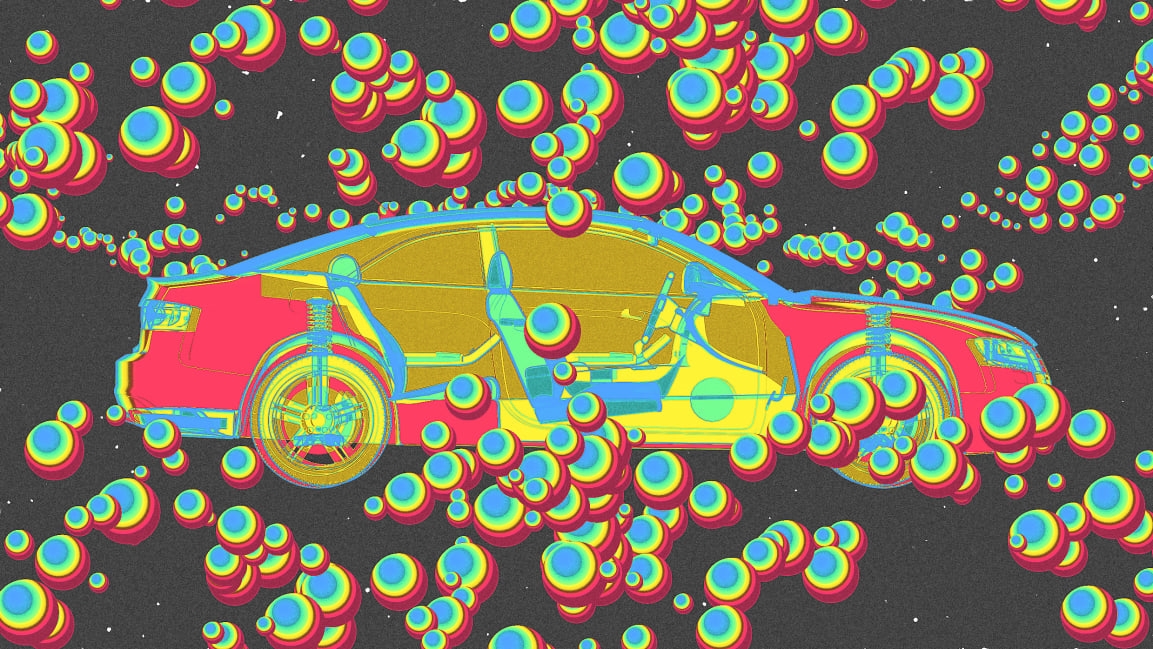This fluid dynamics expert explains how to reduce the risk of COVID-19 transmission in a car
What can be done to reduce the risk of airborne transmission inside a car?
It’s important to have good ventilation. This means you get as much outside air as possible to mix with the air inside the cabin and then flush it out.
You can do this in a couple of ways. One is by turning on the heating system, which takes in fresh air from outside, and opening windows through which it can be flushed out. Another way is to just have the windows open. The benefit of having windows open is that if you are riding at 20 miles an hour or faster, a lot of air is flushed out just by the speed of the car.
Having windows open allows more air to be flushed out than by just having the heating or air conditioning turned on.
Which windows should be kept open and closed to ensure optimal airflow?
We think the best configuration is to have all windows open, and if possible fully open. If this is not practical, then it would be good to have two windows open. Preferably one in the rear and one in in the front.
What we found out from computer simulations is that the air enters through the rear window, turns around behind the rear passenger, and exits through the front window. This way, many of these aerosol particles inside the cabin can be flushed out.
What about barriers and screens between the passenger and the driver?
Many taxis and ride-share services such as Uber and Lyft have been using a barrier or a screen between the front and rear areas of the cabin. These help in reducing transmission through larger droplets. These are the kinds of droplets that are released through coughing, sneezing, or talking loudly. Decontaminating surfaces helps against the fomite transmission. But airborne transmission would not be reduced much by these barriers because there are always gaps and holes in barriers through which air can pass through.
How did you conduct this study?
For this study we used computer simulations, specifically computational fluid dynamics simulations, which are widely used for studying flows around cars and airplanes. We used it because of its quick turnaround time, so that we could compare different open and closed window configurations and qualitatively predict which might be better in terms of removing these airborne particles.
After this publication was out we did go in and do a number of field tests to get some kind of validation of the airflows that were simulated. We released smoke at different locations inside the car and looked at the pathways of the smoke as it was released inside the car. It was more or less the same as what we found from the computer simulations.
Varghese Mathai is an assistant professor of physics at the University of Massachusetts, Amherst.
This article is republished from The Conversation under a Creative Commons license. Read the original article.
(21)



